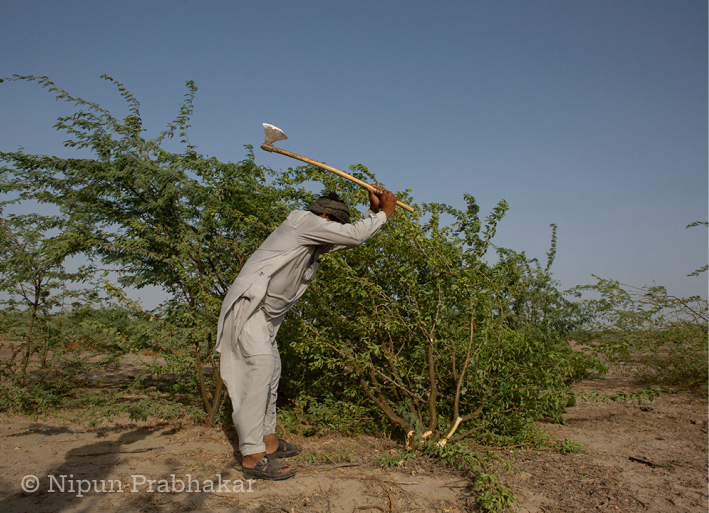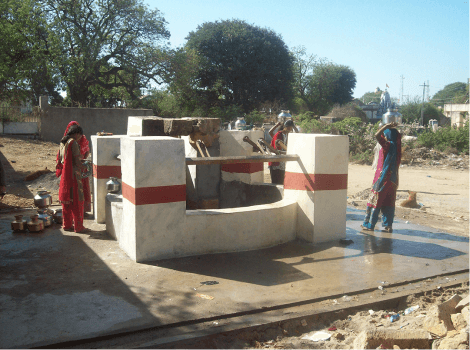

B) Species Conservation
Sahjeevan works with communities to conserve various endangered species across Gujarat. Our work ranges from mapping, working with communities to identify hotspots, raising awareness about encroachment and long-term monitoring, to forming CFMCs to gain legal recognition over biodiversity management. Over the years, we have worked to conserve and monitor several species of flora and fauna, including but not limited to the Great Indian Bustard, White Rumped Vulture, Chinkara, Olax nana, and habitat conservation for large mammalian species such as the Indian Wolf.







